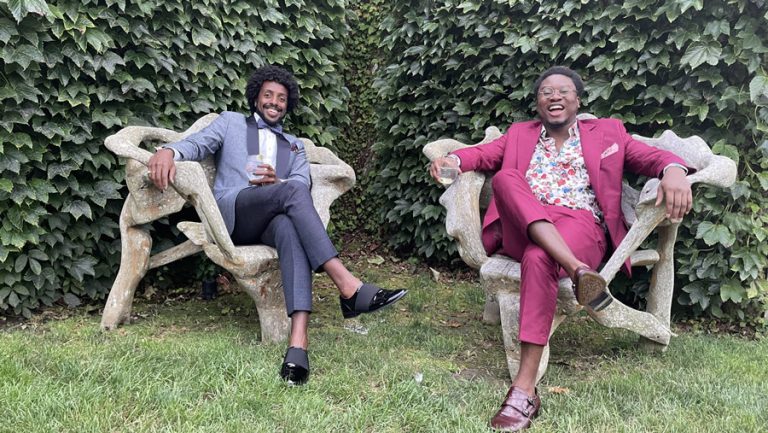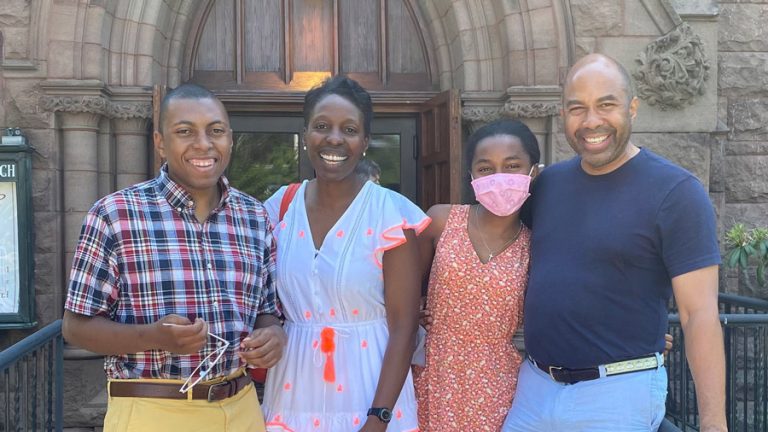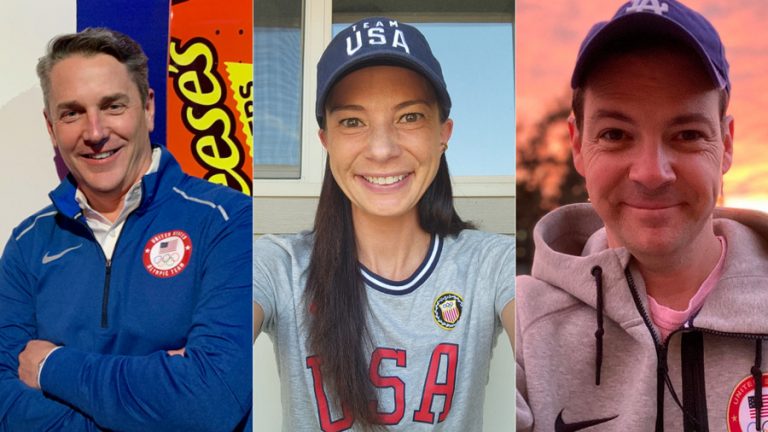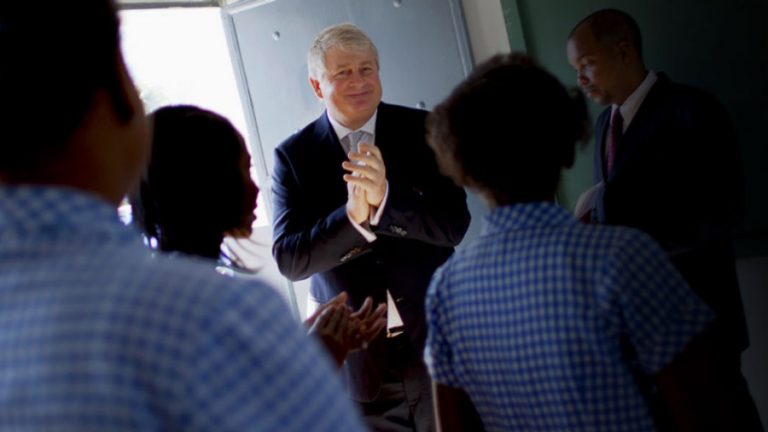Breaking the Mold

It was 9 p.m. on a Thursday when we were finally able to find time for an interview in the busy schedule of Moolah Kicks founder, Natalie White ’20. A club basketball player during her time at Boston College, White leverages her passion for and knowledge of the game to bring women’s basketball—and the first brand focused solely on it—to new heights. Most 24-year-olds don’t spend their summer evenings fielding interview questions in the office, but Natalie White makes a habit of breaking the mold.
How did you come up with the name “Moolah Kicks?”
It’s slang for money—a nod to the street culture of basketball. It also signifies our aim to be a vehicle for increased financial opportunity within the sport.
When did you decide on starting the business?
It was November of my senior year. I remember exactly four months later, we had to leave campus really abruptly due to COVID. I took the housing money that BC refunded me—about $6,000—and put it right back into the business. The end of the year was emotional and dramatic, having to leave in a week. It felt like our world was turned upside down, and starting a business in the middle of it was definitely overwhelming at times.
What do you enjoy most about running Moolah Kicks?
When girls put those sneakers on their feet and say they fit like no other basketball sneaker. Moolah Kicks is the only for-profit business in women’s basketball. Everything else is a charity, a nonprofit, or women’s basketball is secondary to what they do in men’s basketball. Every dollar we earn goes into either more products for women’s basketball players, or more marketing dollars, which in turn raises the profile of the game and creates more financial opportunity for women’s basketball players.
How did BC prepare you to be an entrepreneur?
Very, very well. I took so many classes in different areas of study through CSOM and other schools, and I use principles that I learned every single day. I took four art courses, and I use them all the time to talk about product design, color, lines, and aggression. I use what I learned in operations when I’m talking about freight and supply chains. I continue to be very grateful for the education that BC gave me.
What made you feel at home at BC?
Along with my friends and roommates, Mike—who was the head of Mac cafeteria—comes to mind. I have a lot of food allergies, and he and the Mac staff went out of their way to make me simple meals I could eat every night. For someone who can be really nervous about what they eat, they made me feel so much more comfortable on campus. I really can’t emphasize it enough.
What’s one thing you can’t live without?
Easy—women’s basketball.
What kind of player are you?
I’m from New York, and you can tell that when I play basketball. I’m a scrappy point guard, I have great handles, and I can’t make a shot to save my life. I can get by a defender, but it’s not worth very much. But I’ll know where the cameras are, and I’ll look good doing it!
Whom do you admire in women’s basketball?
I really look up to Pat Summitt. When she started playing at Tennessee, women’s basketball was played three-on-three on a half-court. People believed that women couldn’t run the full length of the floor or they’d faint. By the time she retired, she was not only the all-time winningest coach in college basketball, but she was filling arenas, coaching players at such a high level of basketball.
I hope Moolah is my version of playing three-on-three, half-court—that by the time my career is over, women’s basketball will be leaps and bounds from where it is today.








